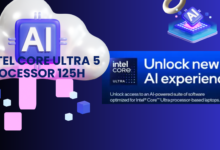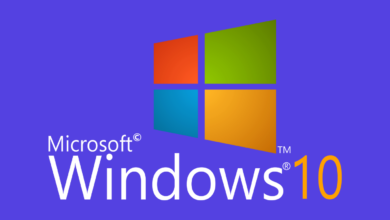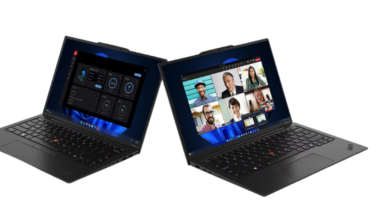The Intel Core processor family has been a cornerstone of this revolution, empowering users to unleash their full potential and easily tackle even the most demanding tasks. From content creators and gamers to entrepreneurs and professionals, the suitable processor can make all the difference in achieving success.

Table of Contents
What Are Intel Core Processors?
Intel Core processors are a line of high-performance CPUs designed by Intel, one of the leading semiconductor manufacturers in the world. Since their introduction in 2006, Intel Core processors have evolved significantly, offering improved performance, power efficiency, and advanced features that cater to a wide range of computing needs. These processors are found in desktops, laptops, and even high-end workstations, providing the backbone for consumer and professional computing tasks.
How Did Intel Core Processors Evolve Over Time?
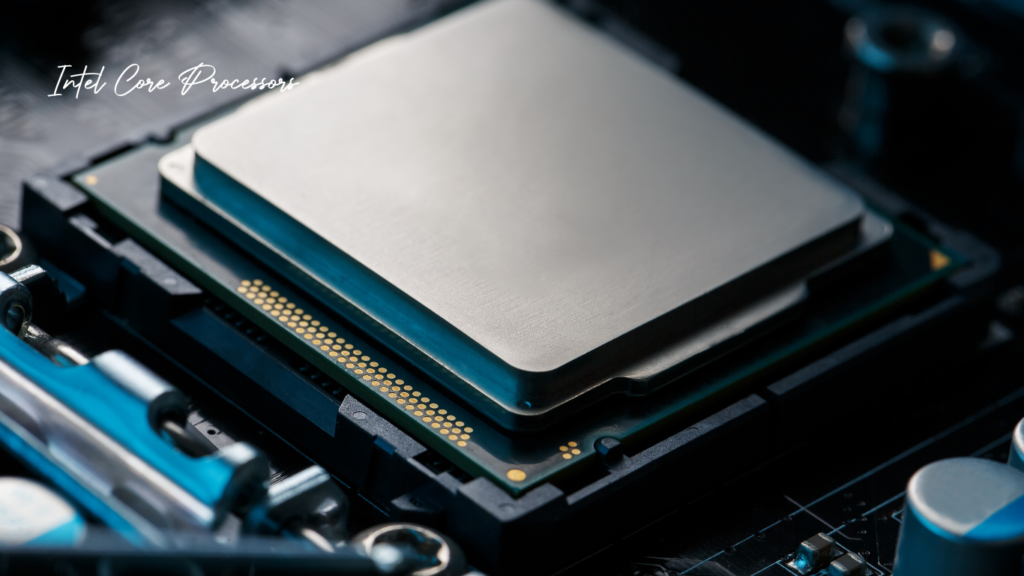
The evolution of Intel Core processors can be traced through several generations, each bringing notable advancements:
First Generation (Nehalem) – 2008:
Introduced the Core i3, i5, and i7 branding. These processors featured integrated memory controllers and hyper-threading technology, which allowed better multitasking.
Second Generation (Sandy Bridge) – 2011:
Positively improved graphics performance with Intel HD Graphics. It also introduced the “tick-tock” model, where “tick” represented a new manufacturing process and “tock” an improved microarchitecture.
Third Generation (Ivy Bridge) – 2012:
Transitioned to a 22nm process, improving power efficiency and performance. Introduced PCIe 3.0 support and better integrated graphics.
Fourth Generation (Haswell) – 2013:
Focused on mobile performance, extending laptop battery life. Integrated graphics saw substantial improvements.
Fifth Generation (Broadwell) – 2014:
A die shrink to 14nm, further enhancing power efficiency. It was primarily aimed at ultrabooks, Chromebook, desktop, and mini PCs.
Sixth Generation (Skylake) – 2015:
Introduced support for thunderbolt 3 and USB type C, enhancing overall system performance.
Seventh Generation (Kaby Lake) – 2016:
Optimized for 14nm process, improving clock speeds and 4K UHD support.
Eighth Generation (Coffee Lake) – 2017:
Increased core counts across the board, with i5 and i7 models moving form four to six cores, significantly boosting multi-threaded performance.
Ninth Generation (Coffee Lake Refresh) – 2018:
Continued the trend of higher core counts and introduced the first i9 processors for mainstream desktops.
Tenth Generation (Comet Lake and Ice Lake) – 2019:
Split into two distinct architectures, Comet Lake (10nm) for desktops and Ice Lake (10nm) for mobile, offering improved performance and efficiency.
Eleventh Generation (Tiger Lake) – 2020:
Focused on mobile performance with new Xe graphics, Thunderbolt 4, and PCIe 4.0 support.
Twelfth Generation (Alder Lake) – 2021:
Introduced a hybrid architecture combining high-performance and high-efficiency cores, significantly improving multitasking and power efficiency.
Thirteenth Generation (Raptor Lake) – 2022:
Continued to refine the hybrid architecture introduced in Alder Lake, offering higher core counts and improved power efficiency. Enhanced support for DDR5 memory and PCIe 5.0, further boosting performance for demanding applications.
Fourteenth Generation (Meteor Lake) – 2023:
Marked a significant architectural shift with the introduction of chipset design, enabling greater flexibility and efficiency. Integrated AI capabilities were also enhanced, and support for next-generation technologies like DDR5 and PCIe 5.0 was expanded.
What Are the Different Series of Intel Core Processors?

Intel Core processors are categorized into different series, each targeting specific market segments:
Core i3:
Entry-level processors designed for budget-friendly systems. Ideal for basic tasks such as web browsing, word processing, and media consumption.
Core i5:
Mid-range processors that offer a balance of performance and cost. Suitable for most users, including gamers and content creators who perform moderate multitasking.
Core i7:
High-end processors aimed at enthusiasts and professionals. These offer better multi-core performance, making them ideal for heavy multitasking, gaming, and content creation.
Core i9:
Top-tier processors designed for extreme performance needs. They are often used in gaming rigs, workstations, and other high-demand environments, offering the highest core counts and clock speeds.
Core X-Series:
Specialized high-performance processors for enthusiasts and professional creators. These CPUs provide extreme performance with high core and thread counts, catering to tasks like 3D rendering, video editing, and complex simulations.
How Do Intel Core Processors Enhance Gaming Performance?
Intel Core processors are renowned for their gaming performance due to several key features:
- High Clock Speeds: Higher clock speeds improve the frame rates in games, providing smoother and more responsive gameplay.
- Multiple Cores and Threads: Modern games can utilize multiple cores and threads for better performance, especially in CPU-intensive titles. Higher-end Intel Core processors, like the i7 and i9 series, offer more cores and threads, enhancing multitasking and in-game performance.
- Hyper-Threading Technology: This allows each core to handle two threads simultaneously, doubling the number of tasks a processor can handle. This benefits gaming, where background tasks can run on separate threads without affecting the game’s performance.
- Integrated Graphics: Although dedicated GPUs are preferred for severe gaming, Intel’s integrated graphics have improved significantly, especially in the latest generations, making them capable of handling casual gaming and less demanding titles.
- Overclocking: Unlocked Intel Core processors (denoted by ‘K’ or ‘KF’ suffixes) can be overclocked to further push performance, provided the cooling solution is adequate.
- Advanced Technologies: Features like Intel Turbo Boost Technology dynamically increase the processor’s clock speed to meet the demands of high-performance tasks like gaming.
How Do Intel Core Processors Compare to AMD Ryzen Processors?
The competition between Intel Core and AMD Ryzen processors is fierce, with each offering distinct advantages:
Performance:
Historically, Intel has led in single-core performance, which is crucial for gaming. However, AMD Ryzen processors have made significant strides, often offering better multi-core performance, which is beneficial for productivity tasks like video editing and 3D rendering.
Price-to-Performance:
AMD Ryzen processors are often praised for their competitive pricing, which provides excellent performance at a low cost. Intel processors tend to be priced higher, but they offer premium performance, especially in single-threaded applications.
Power Efficiency:
AMD’s latest Ryzen processors, built on a 7nm process, generally offer better power efficiency than Intel’s offerings. Intel’s newer 10nm and 7nm processes are closing this gap.
Integrated Graphics:
Intel has traditionally had more vital integrated graphics than AMD, though AMD’s APUs (processors with integrated graphics) are very competitive.
Overclocking and Features:
Intel and AMD offer overclockable processors, but the experience and results vary. Intel’s processors often require specific motherboards for overclocking, whereas AMD’s Ryzen processors are more flexible.
What Are the Key Features of the Latest Intel Core Processors?
The latest Intel Core processors, such as the 13th Generation Raptor Lake and 14th Generation Meteor Lake, come with a host of advanced features:
- Hybrid Architecture: Combines high-performance (P-cores) and high-efficiency cores (E-cores) to optimize both performance and power efficiency.
- Intel Thread Director: Helps the operating system assign tasks to the appropriate cores, maximizing efficiency and performance.
- DDR5 and PCIe 5.0 Support: Provides higher memory bandwidth and faster data transfer rates, crucial for future-proofing and enhancing performance.
- Advanced Integrated Graphics: The new Xe graphics architecture offers significantly improved performance, making integrated graphics a viable option for more demanding tasks and casual gaming.
- Enhanced AI Capabilities: Improved support for AI workloads, enhancing functions like image processing, video editing, and more.
- Security Features: Includes hardware-based security features like Intel Control-Flow Enforcement Technology (CET) and Intel Hardware Shield, which provide better protection against cyber threats.
How to Choose the Right Intel Core Processor for Your Needs?
Choosing the suitable Intel Core processor depends on your specific needs and budget:
Basic Computing:
For everyday tasks like web browsing, email, and office applications, a Core i3 processor is usually sufficient.
Gaming:
For a good gaming experience, a Core i5 or i7 is recommended. The i5 is a great budget-friendly option for gaming, while the i7 provides extra power for more demanding games and future-proofing.
Content Creation:
For tasks like video editing, 3D rendering, and other creative applications, a Core i7 or i9 processor is ideal due to its higher core and thread counts.
Professional Workstations:
For professional applications that require extreme performance, such as scientific simulations or software development, a Core i9 or Core X-Series processor is the best choice.
Ultrabooks and Laptops:
Consider the power efficiency and battery life if you’re looking for a portable device. Intel’s latest mobile processors, like those in the 11th and 12th generations, offer an outstanding balance of performance and power efficiency.
How to Optimize the Performance of Your Intel Core Processor?
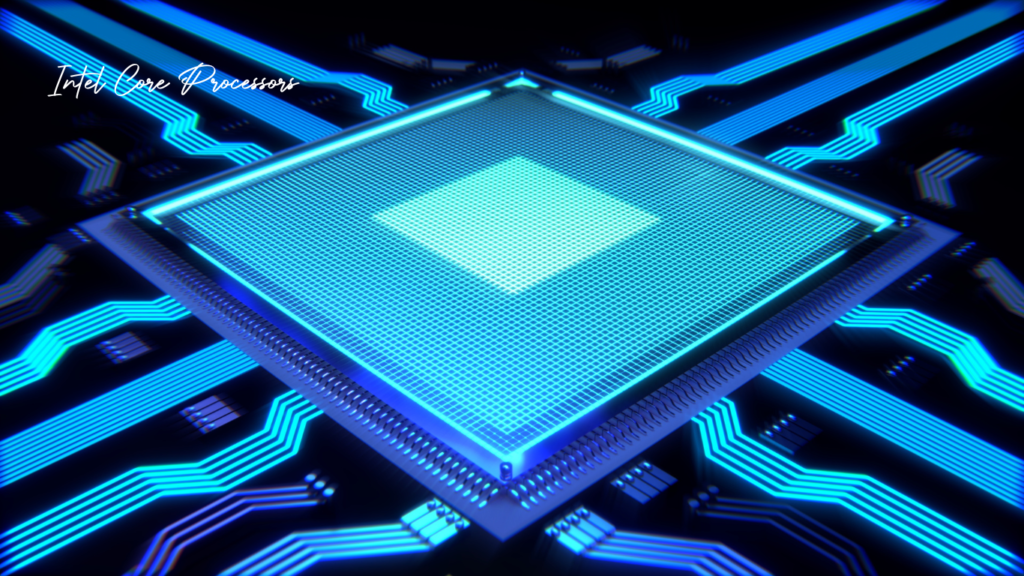
Optimizing the performance of your Intel Core processor can be achieved through several methods:
- Regular Maintenance: Keep your system clean from dust, update drivers, and ensure adequate cooling to maintain optimal performance.
- Overclocking: Overclocking can provide a significant performance boost if you have an unlocked processor. Ensure you have an excellent cooling solution and stable power supply.
- BIOS/UEFI Settings: Adjust settings in the BIOS/UEFI for better performance, such as enabling Intel Turbo Boost, adjusting power settings, and managing memory configurations.
- Software Optimization: Use software that efficiently utilizes your processor’s capabilities. This includes multi-threaded applications and software that can leverage hardware acceleration.
- System Upgrades: Ensure your system components, such as RAM and storage, complement your processor. Faster RAM and SSDs can significantly improve overall system performance.
What Are the Future Trends for Intel Core Processors?
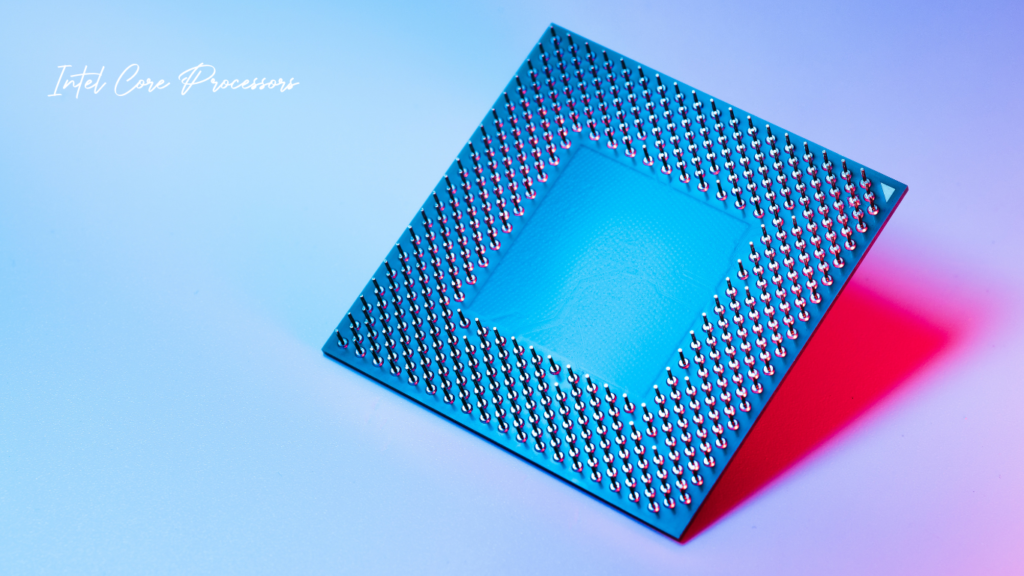
The future of Intel Core processors looks promising, with several trends shaping their development:
- Smaller Process Nodes: Transitioning to smaller manufacturing processes, such as 7nm and beyond, will enhance performance and power efficiency.
- Improved AI Integration: Future Intel processors are expected to integrate more advanced AI capabilities, making them more adept at handling AI workloads.
- Enhanced Hybrid Architectures: Building on the success of Alder Lake, future processors will likely refine and expand hybrid architectures, further improving performance and efficiency.
- Quantum Computing: Intel is investing in quantum computing research, which could revolutionize processing power in the future.
- Sustainability: Focus on creating more energy-efficient processors to reduce the environmental impact and meet the growing demand for sustainable technology.
In conclusion, Intel Core processors have consistently set the benchmark for performance, innovation, and reliability in the computing industry. From their inception to the latest generations, they have continuously evolved to meet the changing needs of consumers and professionals alike. Whether you’re a gamer content creator or just need a reliable processor for everyday tasks, an Intel Core processor is perfect for you.
